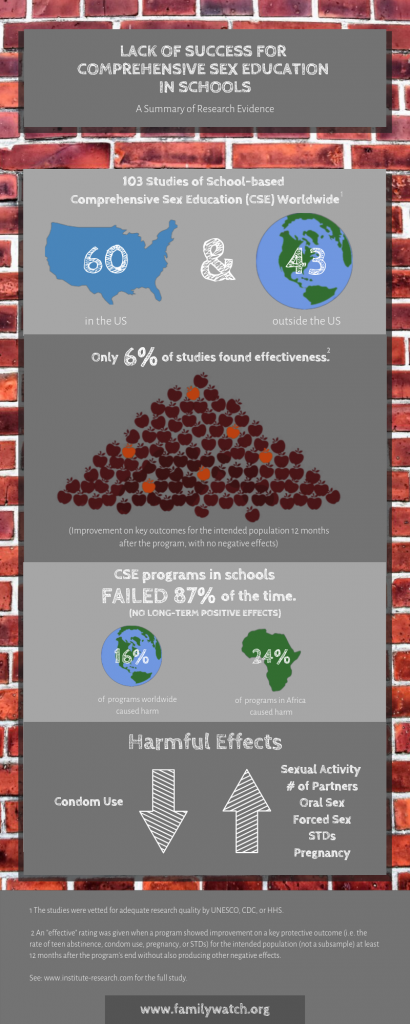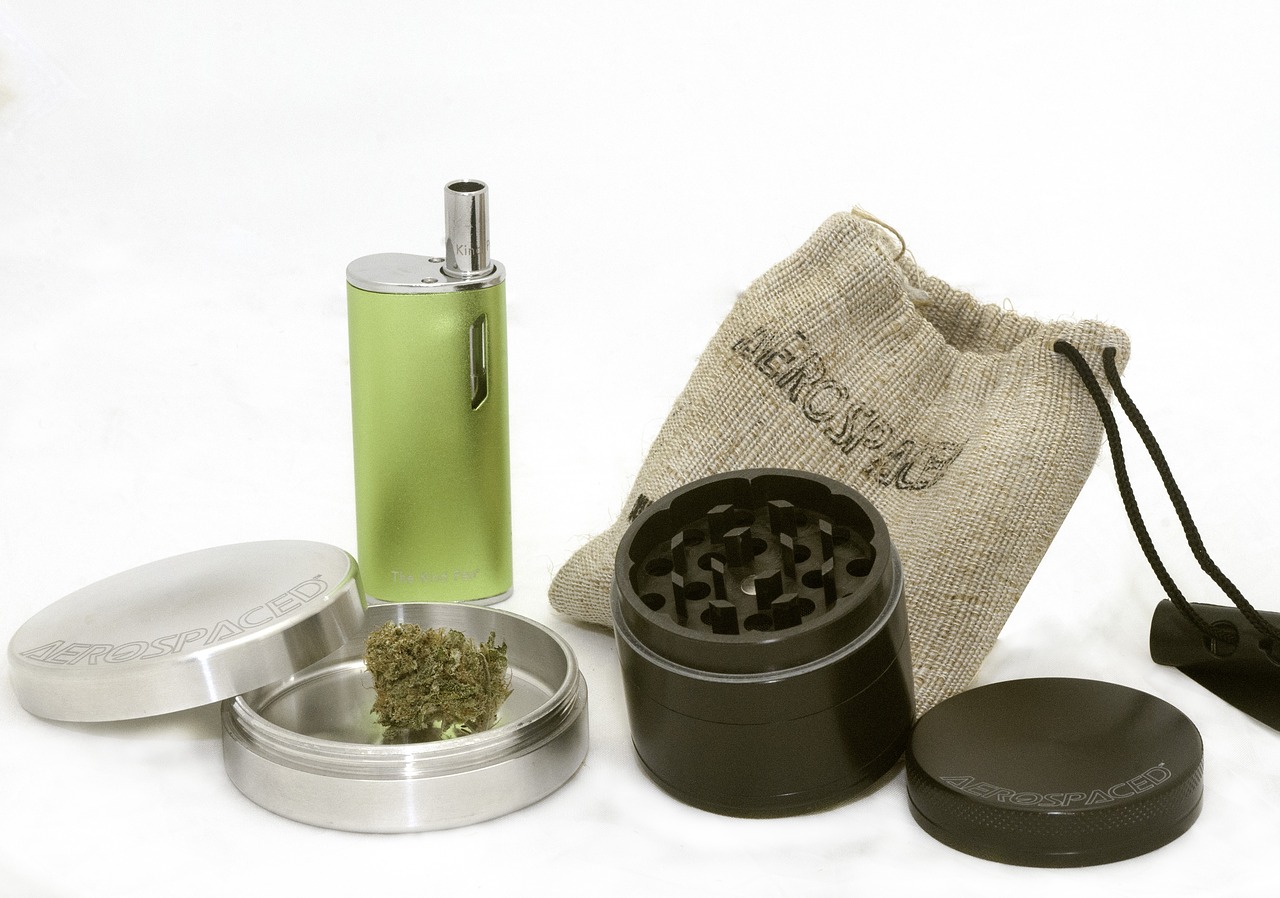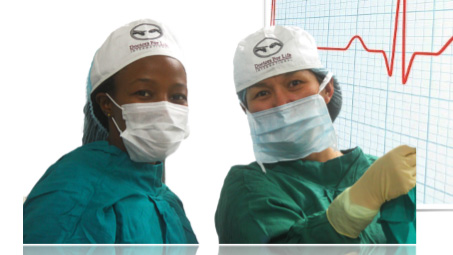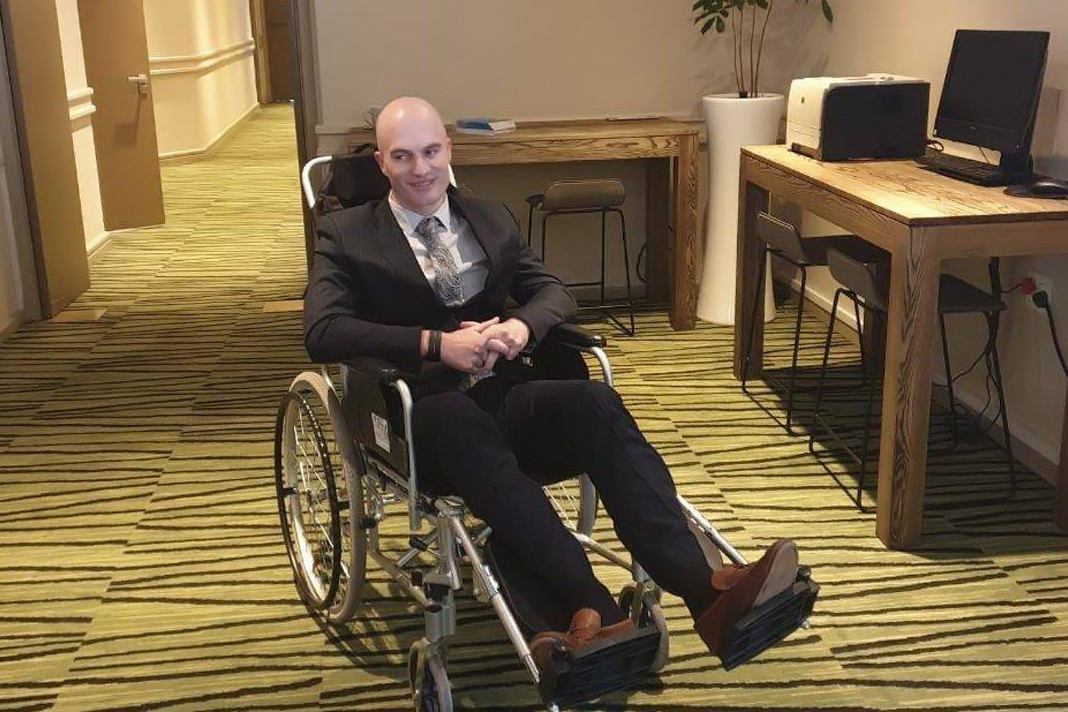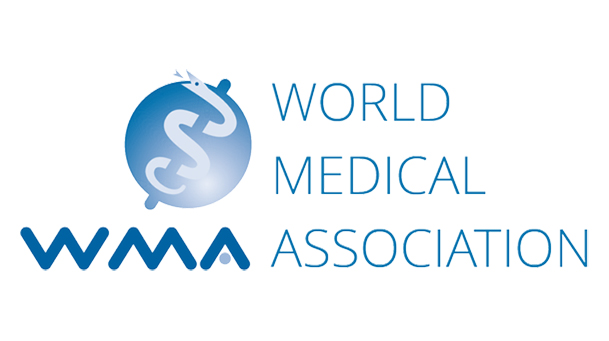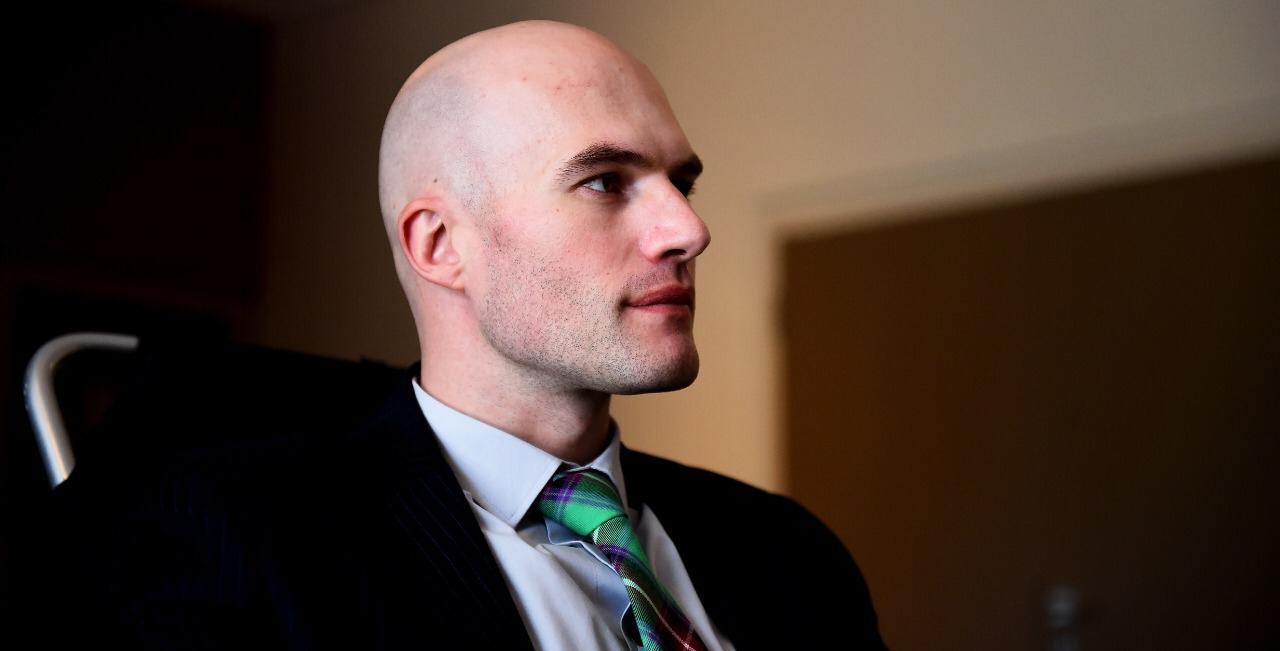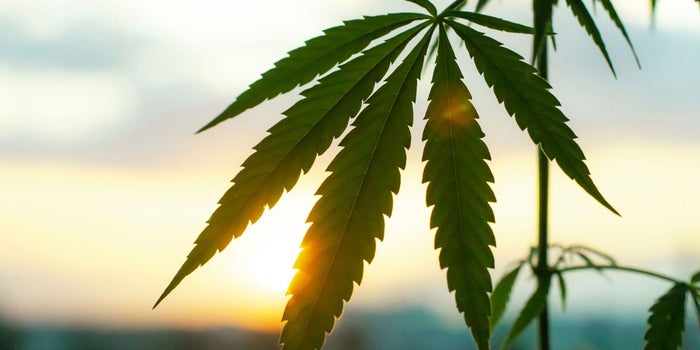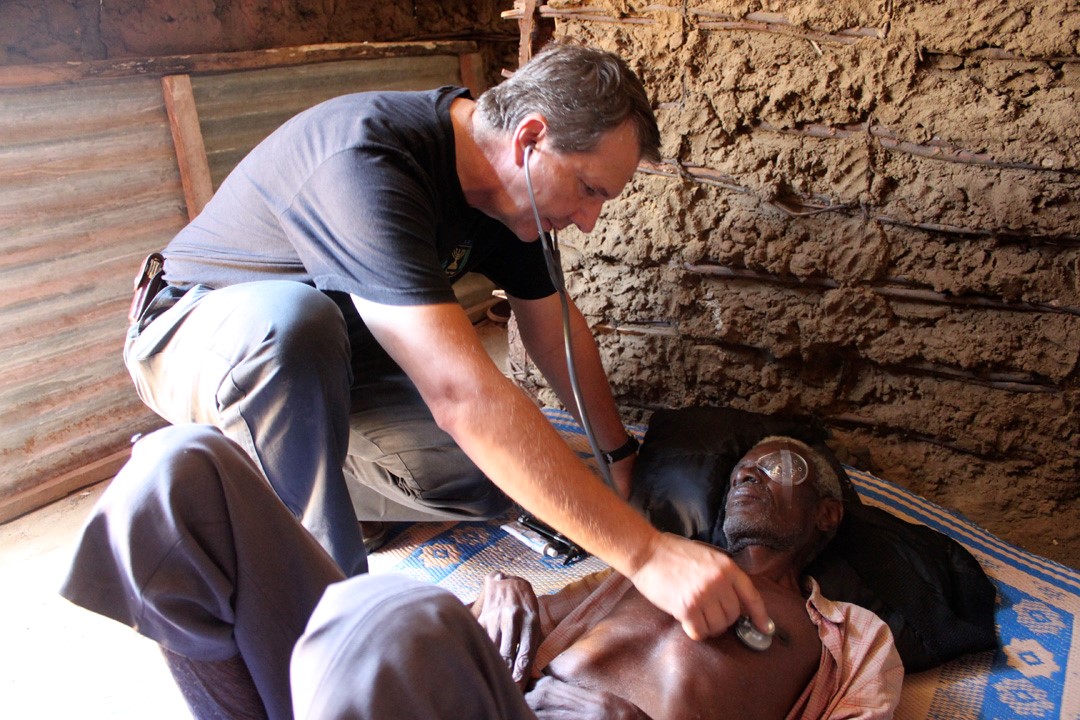Re-Examining the Evidence for School-Based Comprehensive Sex Education: A Global Research Review
Link to Original Article: The Institute for Research and Evaluation
Irene H. Ericksen, M.S.* and Stan E. Weed, Ph.D.**
ABSTRACT
Purpose. To evaluate the global research on school-based comprehensive sex education (CSE) by applying rigorous and meaningful criteria to outcomes of credible studies in order to identify evidence of real program effectiveness.
Methods. The Researchers examined 120 studies of school-based sex education contained in the reviews of research sponsored by three authoritative agencies: the United Nations Educational, Scientific and Cultural Organization, the U.S. federal Teen Pregnancy Prevention Program, and the Centers for Disease Control and Prevention. Their reviews screened more than 600 studies and accepted only those that reached a threshold of adequate scientific rigor. These included 60 U.S. studies and 43 non-U.S. studies of school-based CSE plus 17 U.S. studies of school-based abstinence education (AE). The Researchers evaluated these studies for evidence of effectiveness using criteria grounded in the science of prevention research: sustained positive impact (at least 12 months post-program), on a key protective indicator (abstinence, condom use—especially consistent use, pregnancy, or STDs), for the main (targeted) teenage population, and without negative/harmful program effects.
Results. Worldwide, six out of 103 school-based CSE studies (U.S. and non-U.S. combined) showed main effects on a key protective indicator, sustained at least 12 months post-program, excluding programs that also had negative effects. Sixteen studies found harmful CSE impacts. Looking just at the U.S., of the 60 school-based CSE studies, three found sustained main effects on a key protective indicator (excluding programs with negative effects) and seven studies found harmful impact. For the 17 AE studies in the U.S., seven showed sustained protective main effects and one study showed harmful effects.
Conclusions. Some of the strongest, most current school-based CSE studies worldwide show very little evidence of real program effectiveness. In the U.S., the evidence, though limited, appeared somewhat better for abstinence education.
* Senior Research Analyst, The Institute for Research & Evaluation, Salt Lake City, Utah, U.S.A.
** Founder & Director, The Institute for Research & Evaluation, Salt Lake City, Utah, U.S.A.
Click HERE for a PDF file of the study, available for FREE download and distribution.
Short Videos on the Study Findings
Graphic Summary of the Study Findings
